
Blog
Why Wildfires are Increasing: Los Angeles Fires
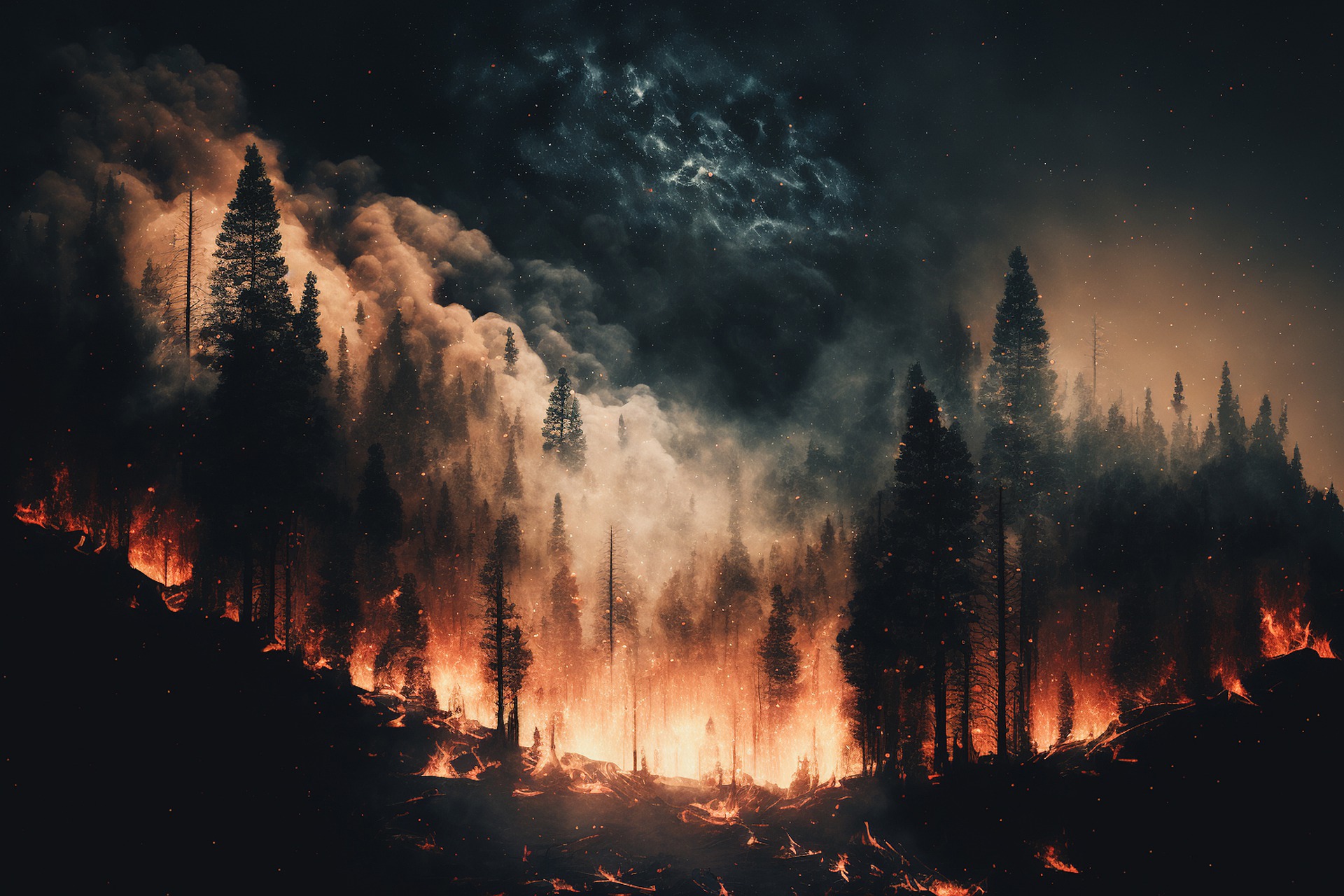
As smoke billows over the skyline of Los Angeles, you might be wondering, why is this happening again? The wildfire that erupted in Los Angeles on January 7, 2025, is still raging, with no signs of slowing down. By January 10, we’ve already seen the devastating impact, with at least seven lives lost and around 180,000 people having to leave their homes behind. It’s hard to grasp the scale of the destruction—over 10,000 buildings gone, and the economic toll is staggering, estimated at about $50 billion (roughly 7.9 trillion yen). This is a tragedy that’s affecting countless lives, and the situation remains critical.
Unfortunately, this scenario is becoming all too common, not just here in California, but around the world. Let’s dive into why wildfires are on the rise and what it means for all of us.
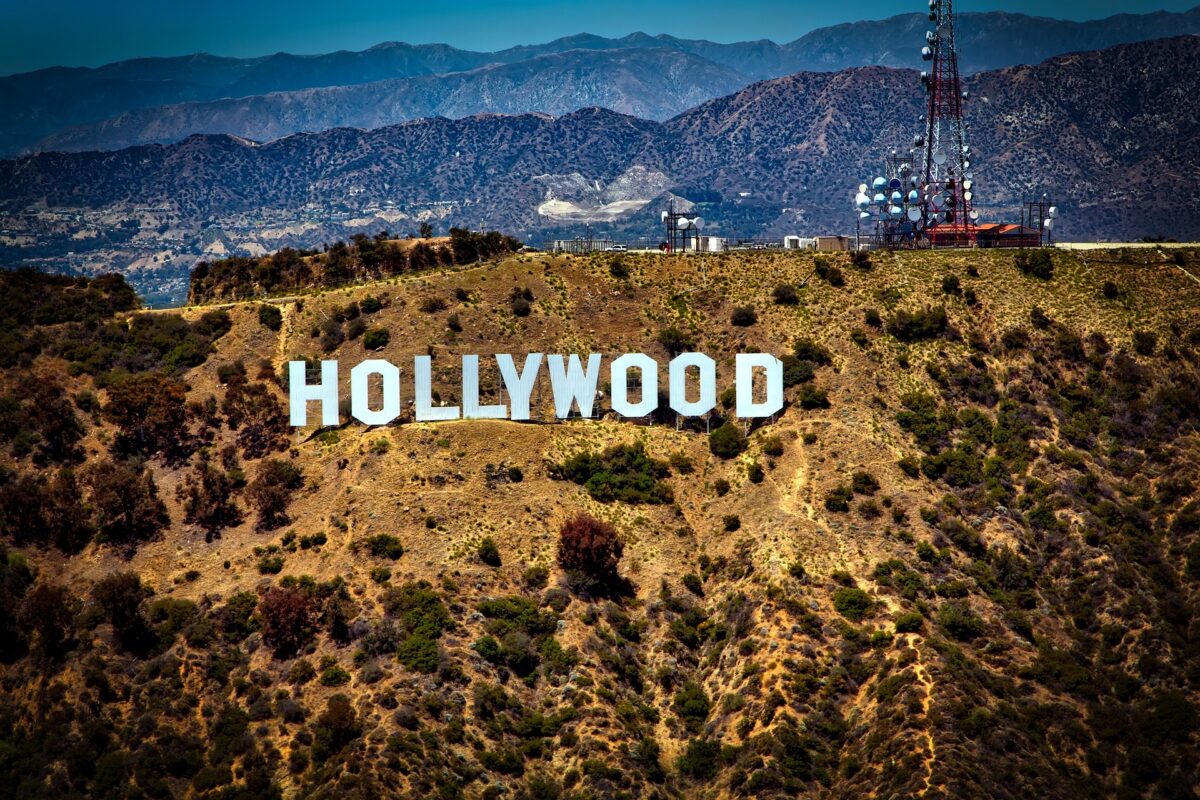
The Rise in Wildfire Incidents
Have you noticed that wildfires seem to be happening more often? You’re not imagining things. Recent data shows a significant increase in wildfire occurrences worldwide. In the U.S., the number of large fires has shot up over the past few decades. The National Interagency Fire Center (NIFC) reports that the average annual number of wildfires has risen from about 56,000 in the 1990s to nearly 70,000 in the 2010s. In Canada, the average annual number of wildfires since 1980 is about 7,400, burning an average of 2.5 million hectares. The number of major wildfires has increased each decade, with the 2010s seeing the highest at 36 major fires. And it’s not just us—countries like Australia, Brazil, and even countries in Africa are also facing unprecedented wildfire seasons.
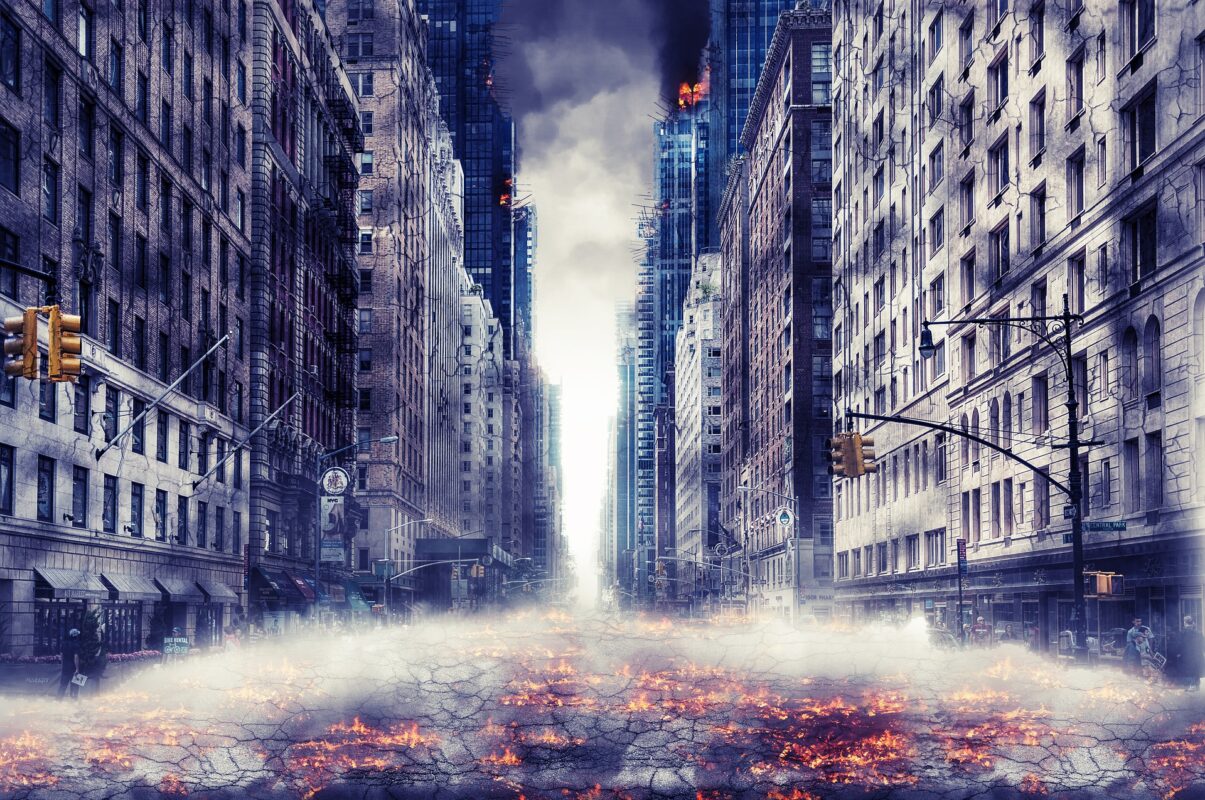
The Impact of Wildfires
The impact of wildfires goes far beyond the immediate destruction of forests and homes.
Human: These fires pose a severe threat to human life, displacing thousands of people and causing tragic loss of life every year. But it doesn’t stop there.
Environment: Wildfires release massive amounts of carbon dioxide into the atmosphere, which fuels climate change. When we lose vegetation, we also lose a natural way to absorb CO2, creating a vicious cycle: more warming leads to more fires. In fact, between 2001 and 2023, fires were responsible for approximately 28% of global tree cover loss, totaling around 350 million hectares.
Economy: In the U.S. alone, wildfire damage costs billions each year. This includes not just fighting the fires but also the long-term economic hit to communities. Think about lost tourism revenue, decreased property values, and health costs from smoke exposure. It’s a heavy toll.
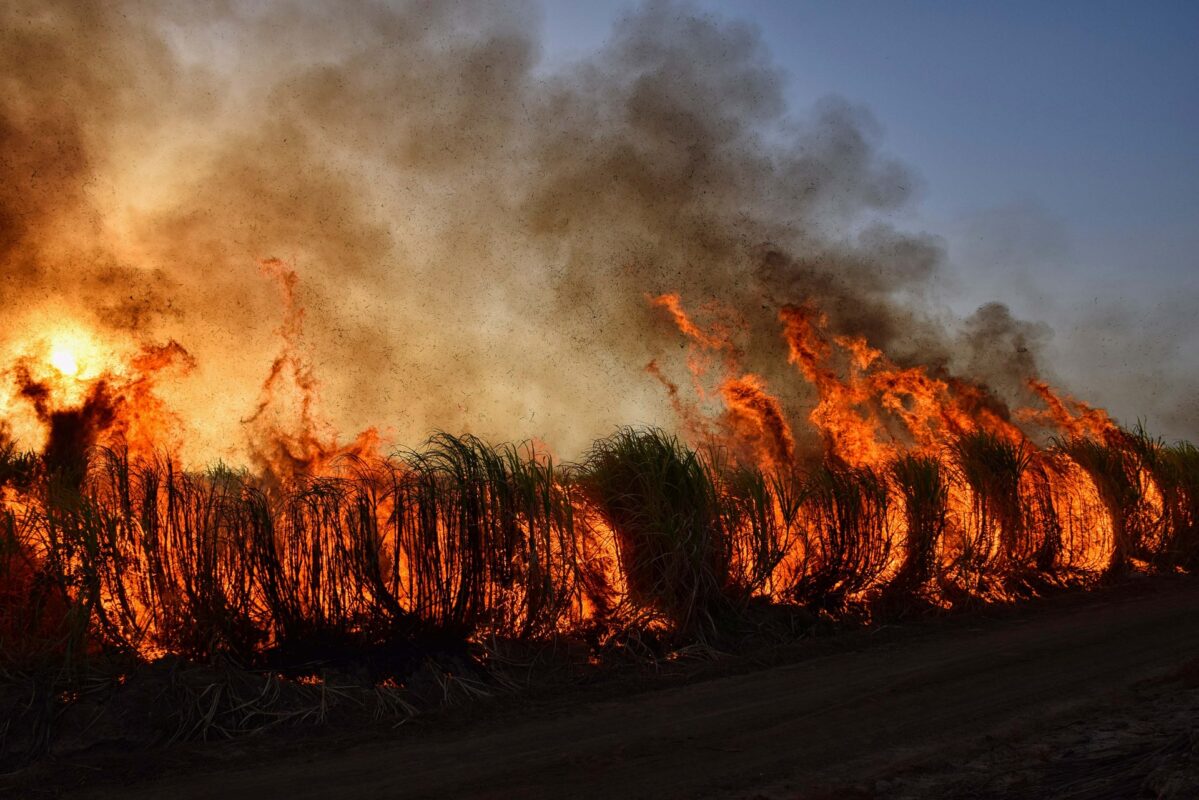
Why Are Wildfires Increasing?
So, why are we seeing more wildfires? Climate change is a big part of the story.
1. Natural Causes
- Lightning: Lightning is one of the most common natural causes of forest fires. When lightning strikes trees, it can create sparks that ignite dry wood or grass.
- Volcanic Activity: Volcanic eruptions or lava flows can burn down forests. While this is relatively rare, it can cause large-scale forest fires.
- High Heat & Dry Conditions: Prolonged periods of high heat and dry weather cause plants in forests to dry out, making it easier for fires to spread.
2. Human-made Causes
- Careless Campfires or Bonfires: Campfires or bonfires during outdoor activities that are not properly extinguished can spread to the forest.
- Agricultural Activities: Deforestation and land clearing for farming, especially through slash-and-burn agriculture, can cause forest fires.
- Arson: Intentional setting of fires is a criminal act that can lead to forest fires, especially during dry seasons.
- Electrical Shortages or Sparks from Power Lines: Faulty or old electrical wires and infrastructure can cause sparks that start fires in forests.
- Vehicles and Machinery: Overheated vehicles or machinery can create sparks from exhaust gases or friction, igniting dry grass or vegetation nearby.
3. Climate Change
Climate change, with its extreme weather patterns such as heatwaves and droughts, is increasing the risk of forest fires. It can make fires more widespread and destructive.
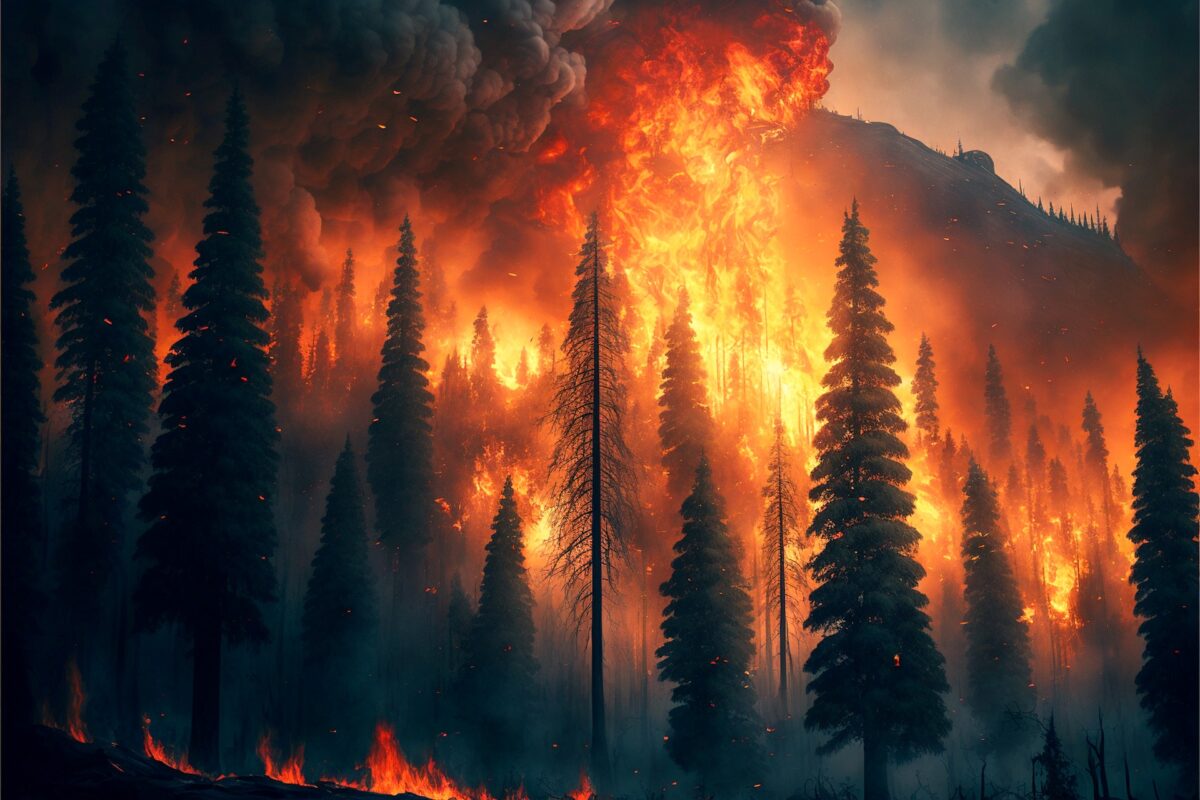
The Path Forward
What can we do about it? Tackling the wildfire crisis requires a multi-pronged approach.
1.Rethink Fire Management
We need to rethink fire management by using controlled burns and implementing forest management practices to reduce fuel buildup and maintain a healthy ecosystem.
2. Invest in Firefighting Resources
Investing in advanced detection systems will help identify fires early, while improving aerial firefighting capabilities will allow for quicker responses to large fires. Additionally, equipping firefighting teams with more resources and technology is essential to enhance their efficiency and effectiveness.
3. Build Resilient Communities
Building resilient communities is crucial, which involves creating fire-adapted communities that are prepared for wildfire risks. Better land-use planning should be implemented to reduce exposure to fire hazards, while building codes should require the use of fire-resistant materials. Public education campaigns about fire safety and preparedness must also be promoted to raise awareness.
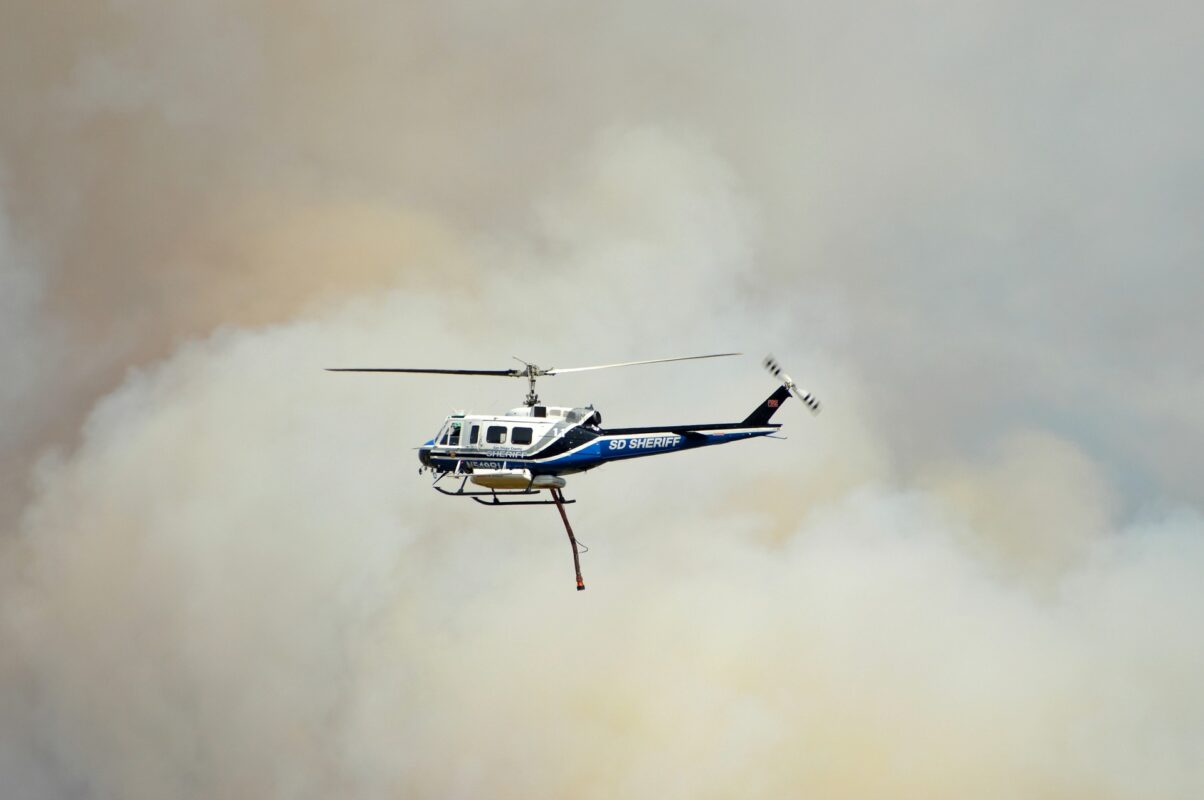
The underlying cause
And let’s not forget the bigger picture: fighting climate change. Reducing greenhouse gas emissions will help slow the warming trends that contribute to more severe wildfire seasons. Addressing the underlying causes of climate change requires international cooperation and a strong commitment to climate agreements.
Finally, just as we invest in firefighting resources, we can also invest in technologies that combat climate change. Various initiatives, such as reforestation, carbon capture, and renewable energy projects, are crucial. We can support these efforts through carbon credits and active participation in climate actions. At Carbon Da Capo, we offer third-party verified carbon credits to help you make a positive impact. Together, we can create meaningful change.
